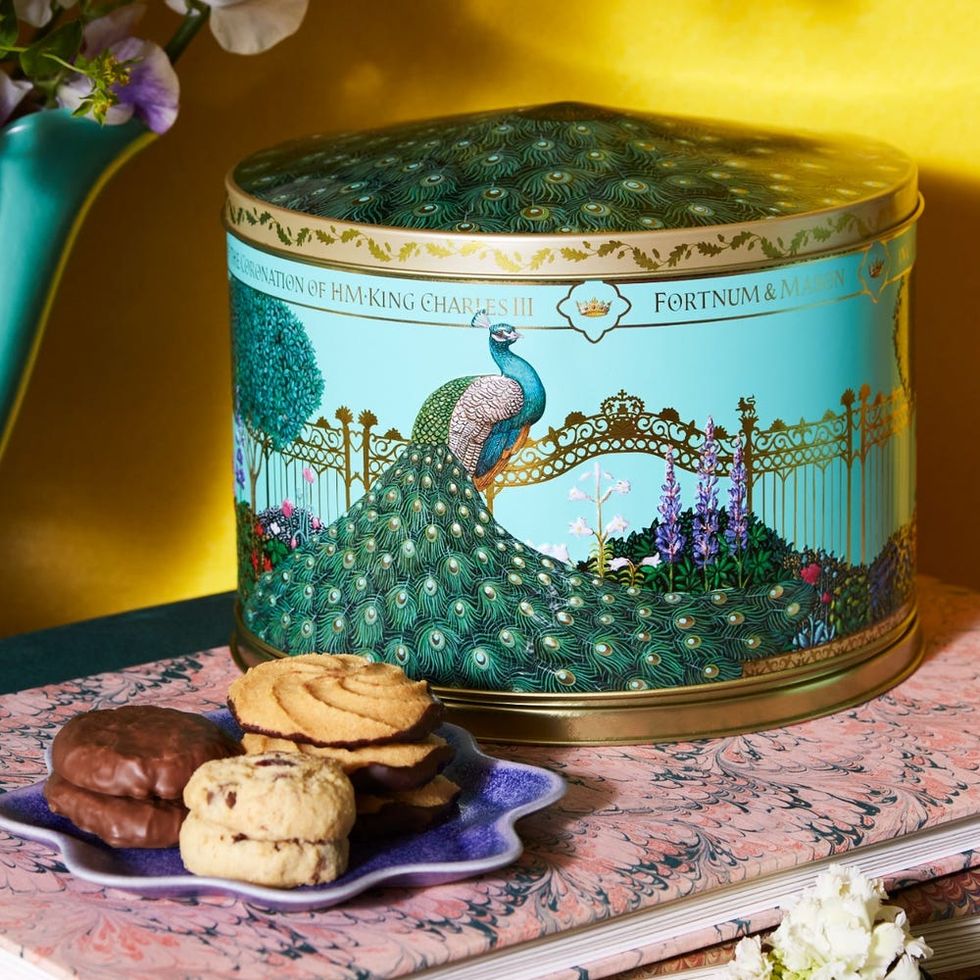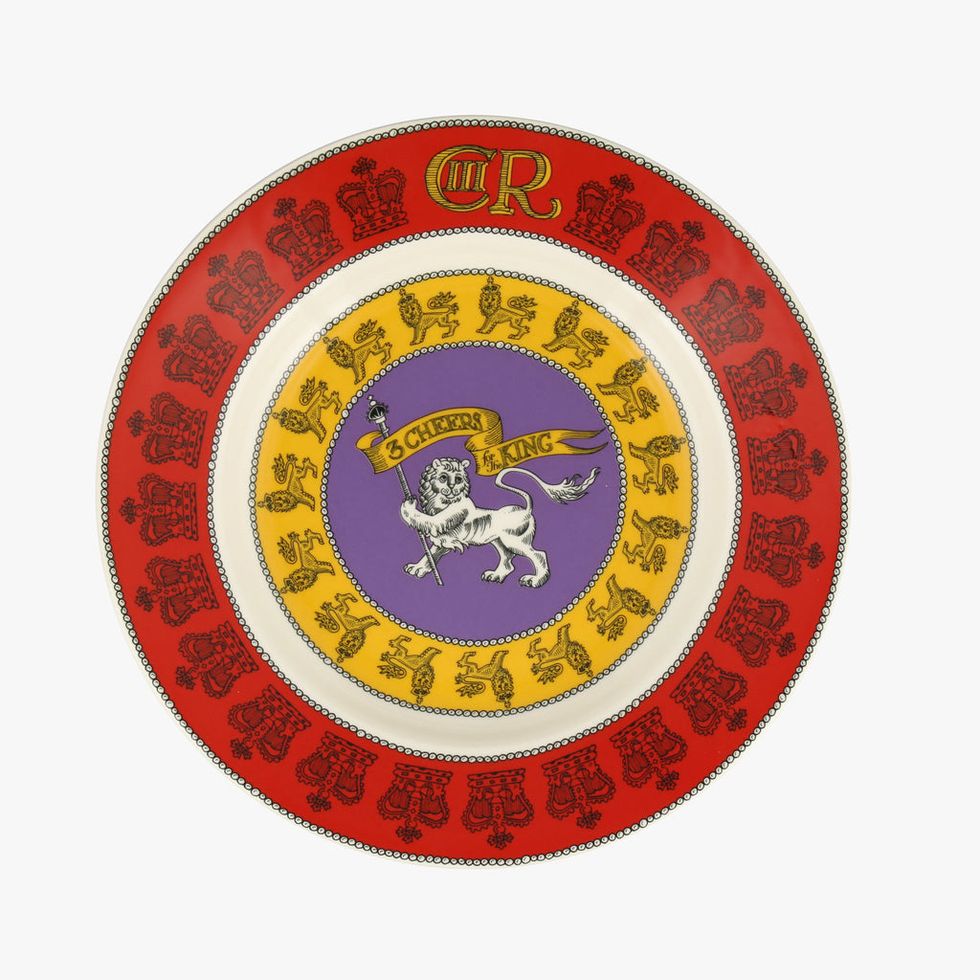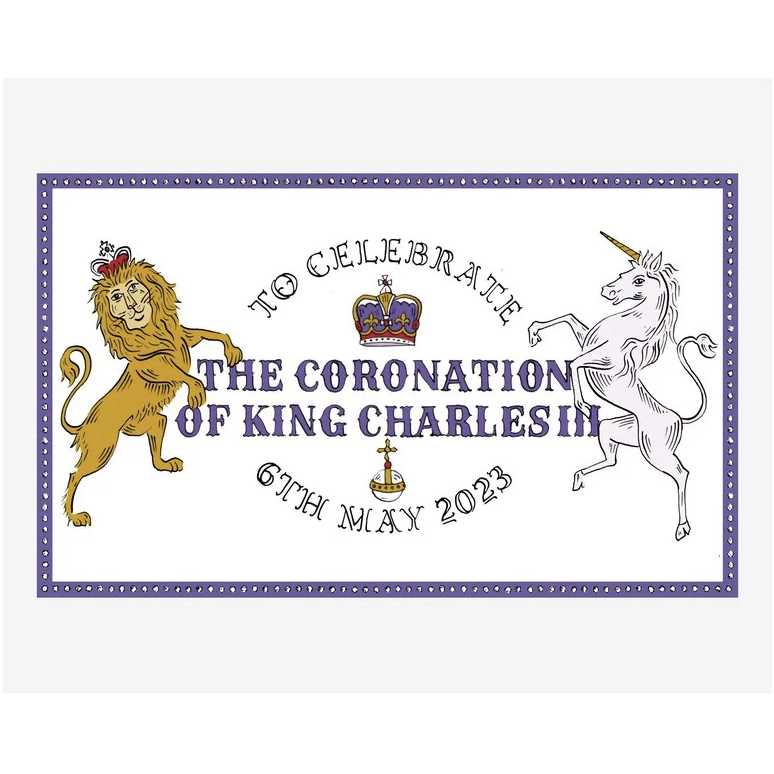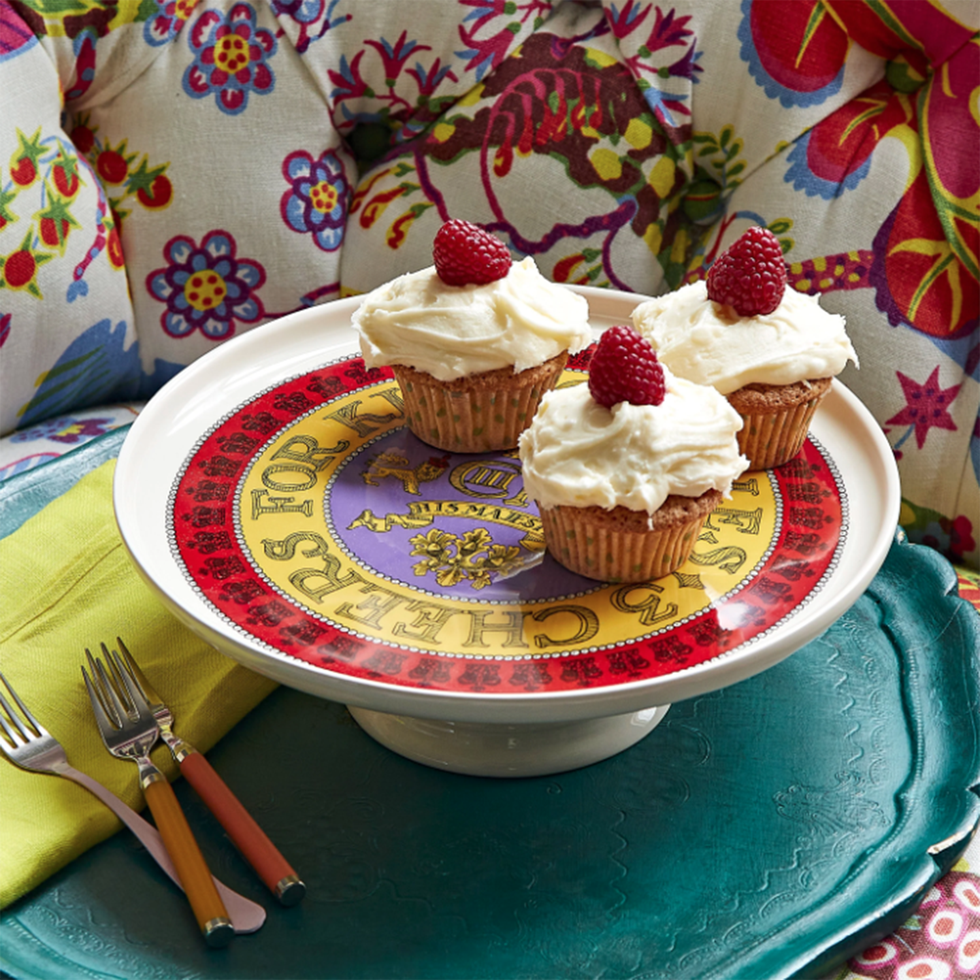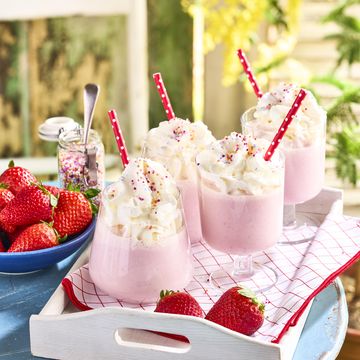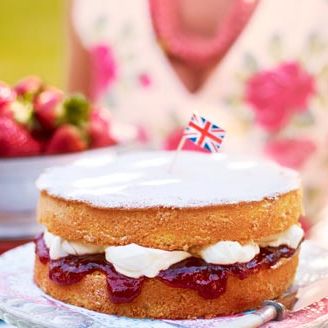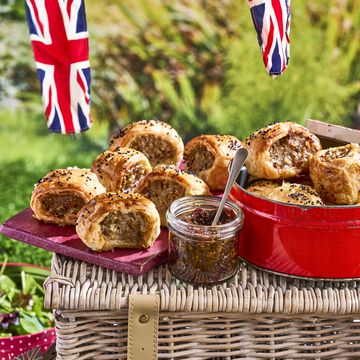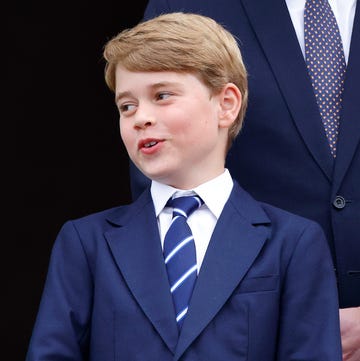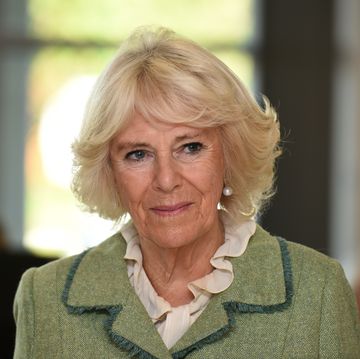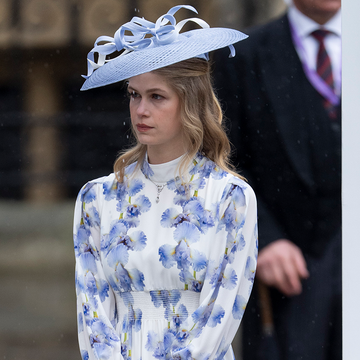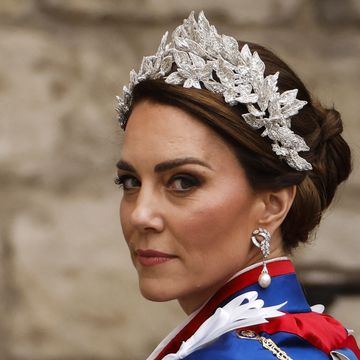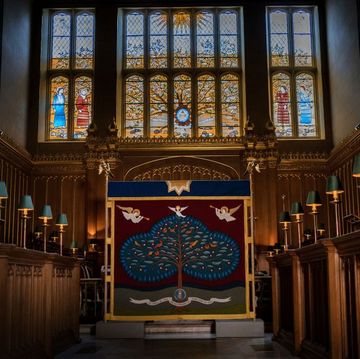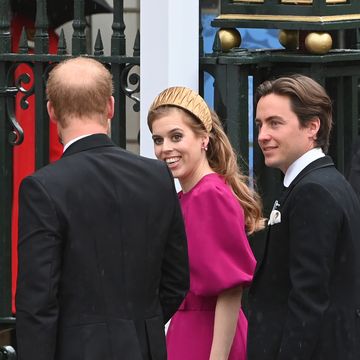We've always been a nation that loves Coronation memorabilia. From coins to tea towels, mugs to medals – no royal event is marked without some form of souvenir. Indeed, King Charles’ Coronation is being celebrated in the form of t-shirts, teddy bears and musical biscuit tins – and it was much the same for his mother during her accession to the throne 70 years ago.
When Queen Elizabeth was crowned in 1953, people flocked to the shops for souvenirs. Mugs, jugs and plates were purchased in their thousands, along with plenty of programmes and the occasional ashtray. As Britain entered a state of coronation jubilation, even toy companies got in on the action, producing miniature replicas of key symbols of the day.
While valuable in sentimental terms, most of these items have not increased in financial worth, as so many were made and remain in circulation. However, some well-chosen commemorative pieces are now coveted by collectors, fetching thousands of pounds at auction. We asked the experts which mementos take the crown…
What to read next
Which coronation souvenirs were most popular?
“The pieces popular in 1953 were similar to those that are popular today,” notes Stephanie Connell, an antiques dealer who specialises in royal memorabilia. “People sought decorative items for their homes, like mugs, biscuit tins, programmes and replicas of key symbols, like the coronation coach, coronation chair and anointing spoon.” Indeed, it’s said that over a million matchbox-sized gold state coaches, made by the toy company Lesney, were sold.
Commemorative ceramics – particularly mugs and plates – were another common choice. But renowned British brands like Royal Doulton and Royal Crown Derby also produced limited-edition collectibles, like coronation ‘Loving Cups’ – large decorative drinking vessels, traditionally used for ceremonial occasions.
Souvenir coins were also popular. Around six million special five-shilling pieces – featuring a portrait of the Queen mounted on her horse Winston – were produced by the Royal Mint, the official maker of UK coins. Much rarer are the ‘proof’ (higher quality) versions, of which around forty thousand were made. Today, these sell for up to £500.
Which coronation souvenirs are most valuable today?
“There are a few really rare pieces to look out for,” notes Stephanie. “Coronation mugs designed by the artist Eric Ravilious for Wedgwood are highly sought after.” These striking pink pieces were first commissioned for the Coronation of Edward VIII, but were withdrawn from circulation following his abdication in 1936. The design was revised for King George VI and later Queen Elizabeth II. “Those for Elizabeth II’s Coronation typically fetch over £200, but those produced for King George VI’s Coronation can achieve over £3,000,” says Stephanie.
Items produced in error and later withdrawn from circulation are particularly valuable. In 1951, toy manufacturer Lesney began producing miniature gold state coaches featuring the then King and Queen. But when the King died suddenly in 1952, his figure was removed. Only around 200 of these original coaches were made, making them much more valuable than later versions. “The going rate for one of these examples is around £600 – five times as much as later models featuring the Queen only,” says Phil Mires, founder of PM antiques and collectibles.
Other rare objects include coronation planters featuring a lion and crown motif, designed by renowned florist Constance Spry and designer Oliver Messel. First produced by Fulham Pottery for the Coronation of Edward VIII, the same design was later used for the Coronations of George VI and Queen Elizabeth II. “An example of the Queen Elizabeth II vase was recently sold at auction for a hammer price of £10,000,” notes Stephanie.
Bottles of coronation bubbly have also shot up in price. “Moët & Chandon released ‘Coronation Cuvées’ in honour of George V, Edward VIII, George VI and Elizabeth II,” notes Laura Hill, Marketing and Sales manager at Hemswell Antique Centres. “Queen Elizabeth’s 1953 Coronation Champagne is listed online for between £400 and £600. Although, I bet the bubbles are a bit flat now!”
Which coronation souvenirs excite antique dealers the most?
“The items that are most exciting for us are those that played a part in the Coronation – such as programmes from the event and flags hung up along the Mall,” explains Laura.
Likewise, Stephanie looks out for pieces that are as closely associated with the event as possible, particularly chairs and stools that people sat on at Westminster Abbey, which were made available to purchase afterwards. In 1954, the purchase price of a stool was £4.7 shillings and sixpence. Today, they sell for over £500.
More valuable still are pieces given as gifts to mark the occasion: presentation photographs signed by Her Majesty now fetch well over £1,000. But a word of warning: “Be careful with signed pieces from Queen Elizabeth II,” says Daniel Wade, Manager at Paul Fraser Collectibles. “Most post-1959 signatures are likely created by the Autopen machine – the Queen’s favourite invention!”
There was no such machine in 1838 – the year that Queen Victoria was crowned – and a rare invite, signed by Victoria herself, is currently on sale for £9,995. Indeed, the tradition of creating souvenirs to mark monarchical occasions spans centuries – and, occasionally, commemorative pieces dating back much further appear on the market. “A Delft plate celebrating King Charles II restoration in the 1600s sold for over £100,000 over a decade ago,” says Stephanie. “And you can find even earlier pieces. Medals have been made to commemorate coronations since that of Edward VI in 1547. One of these coin-like medals sold for £30,000 at auction in 2014.”
Which souvenirs from King Charles’ coronation will hold their value?
“I suggest buying the best quality pieces you can afford,” says Stephanie. “And if you see something unusual or produced in small numbers, those pieces may be desirable in the future.”
“Ceramics made by historic studios or companies with royal warrants are worth considering,” adds Alexandra Michell, Assistant Manager and Appraiser at Prestige Pawnbrokers. For ceramics, she suggests people look to Royal Doulton and Royal Crown Derby. The latter has produced a £215 limited-edition plate gilded in 22-carat gold. Wedgwood, meanwhile, has produced a £95 bone china mug, inspired by a 1953 design by Richard Guyatt.
Limited edition coins by the Royal Mint also come recommended by Alexandra, who points out that precious metals such as gold or platinum have added value. “Official pieces from recognisable brands are a good start, as these can be verified and authenticated easily,” she says. “Just be careful of fakes,” adds Laura. “Coins should have certification with them, while ceramics should have a maker’s mark stamped on the base.”
Elsewhere, Pentreath & Hall’s collection of decoupage plates and Emma Bridgewater’s celebratory ceramics get Stephanie’s seal of approval, alongside prints by artist Clare Curtis and silk scarves by designer Rory Hutton — both available at the National Portrait Gallery.
“It’s difficult to predict what the market will be like in the future, so the best advice is to buy what you like in the first instance,” she says. “Really, it’s all about owning a piece of history.”








